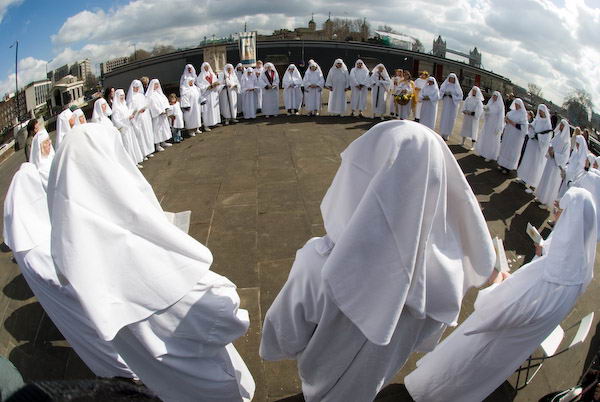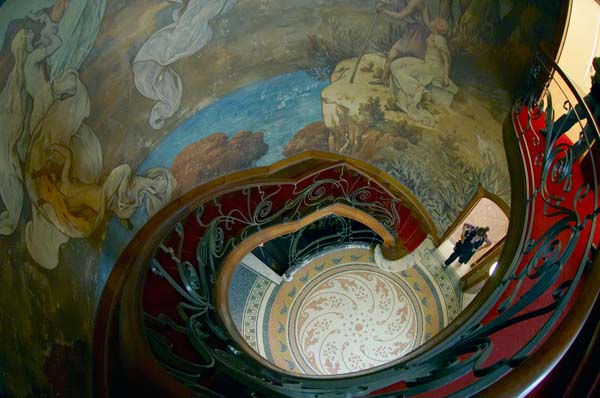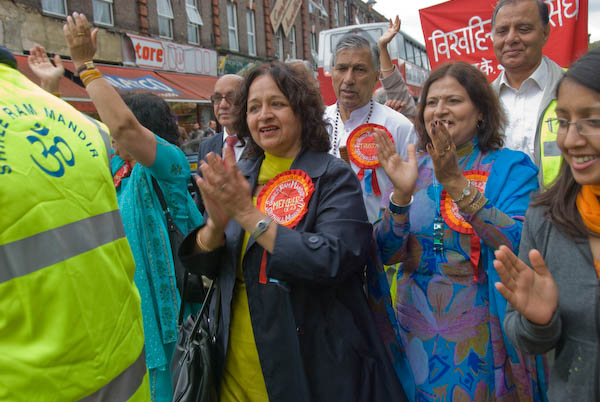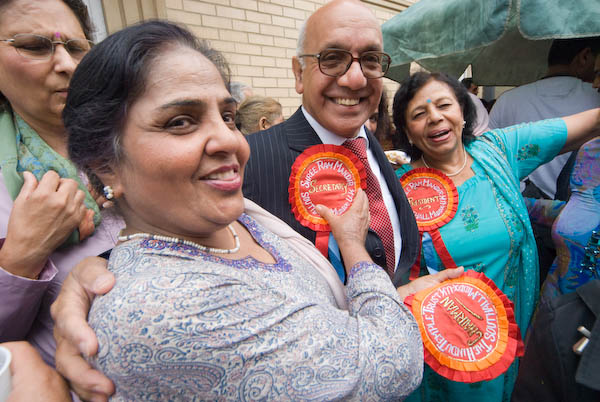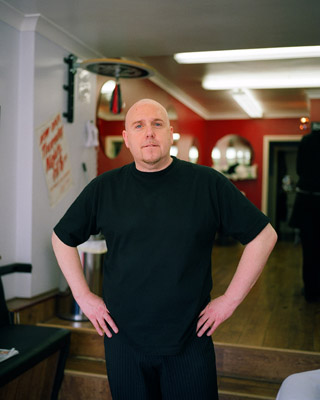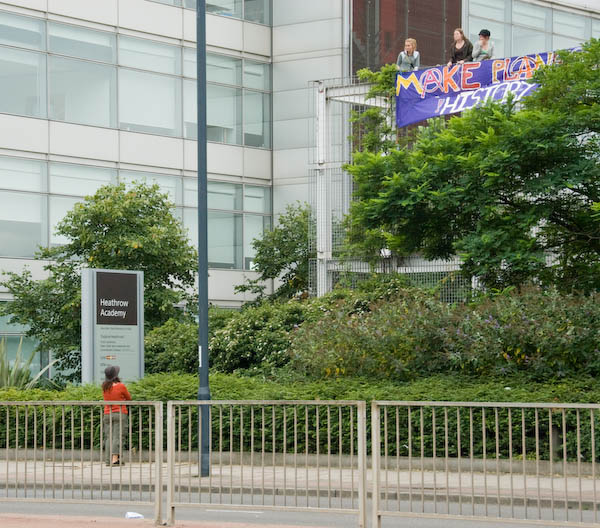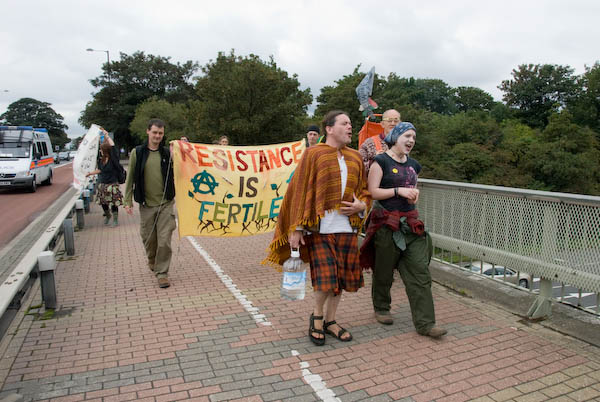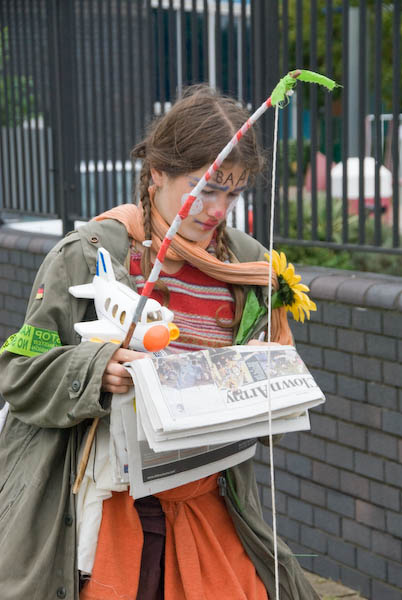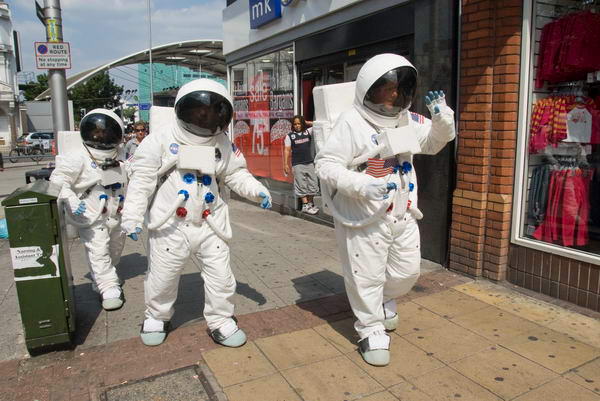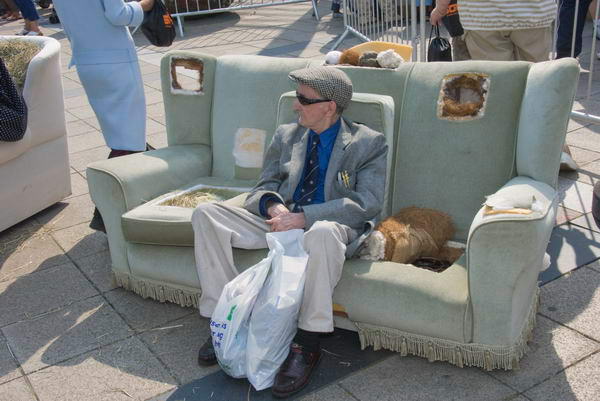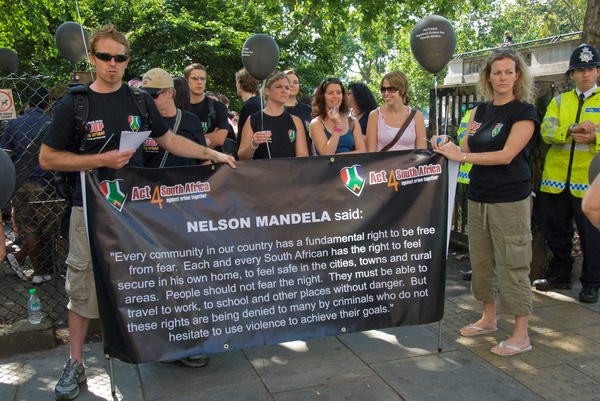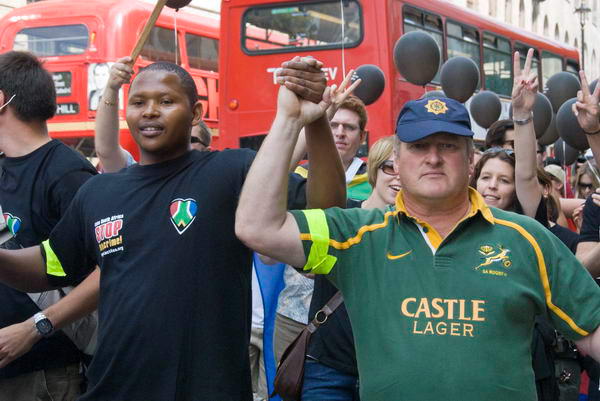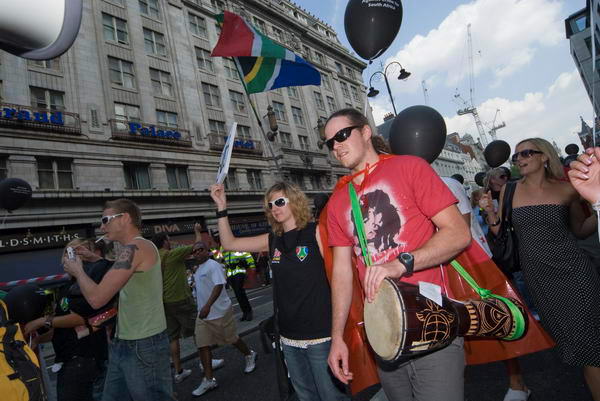Its interesting to see comments from the other side of the table about Rhubarb Rhubarb, and one of the photographers who presented his work to me on Friday afternoon was Mathew Pokoik. So far on his blog you can read two comments on the event, Rhubarb Rhubarb – a dream – and Walker Evans and Italo Calvino, portfolio reviews, and Perseus.
I find myself in agreement with much of what he says, although I think it rather silly to worry about what he calls the ‘pay to play‘ aspect. You can’t really expect all the work and organisation that goes into such an event to happen for free. Someone does has to pay for it all.
As a reviewer, I didn’t have to pay, though it did in fact cost me not inconsiderably in several ways to be there in Birmingham for the four nights. I didn’t begrudge it, as Matt says, it is a great way to meet people.
The meeting between reviewer and photographer is perhaps the closest thing in photography to the confessional, and I certainly have no intention of revealing the secrets that passed between Matt and myself. I can however say that I invited him to send some of his work from his work in progress ‘the global city‘ for the urban landscape site that I run along with Mike Seaborne, who is curator of photographs at the Museum of London.
In one of his pieces Matt says “After presenting my work time after time today, honing my “spiel”, frankly Im a bit tired of all this talk about myself!” I think most reviewers would actually prefer a more relaxed attitude, though probably not the “speak only in mythological images” approach he muses about. The mistake of some (fortunately few) of those I saw was to try and speak too much about their work rather than let the images speak for themselves. We don’t have much need for mythology when we have photographic images.
Matt also writes of having dreamed of a unknown young Walker Evans bringing the dummy for ‘American Photographs‘ into the portfolio review, and how he would have been treated. Had he come he might have met his ‘Lincoln Kirstein’, as two of today’s best book editors were certainly among the Rhubarb reviewers. ‘American Photographs‘ certainly owes a great deal to Kirstein who helped Evans greatly on the selection, sequencing, design and possibly, through donations to MoMA, the financing of the book.
Considering that the critics of the day mostly panned the book on publication (some of the worst comments came from other photographers), Pokoik gives the Rhubarb reviewers a pretty good batting average by suggesting that “that roughly a third of the reviewers would tell this young artist that the work was too broad“.
Actually I think not. Walker would have put the case for his work simply and straightforwardly and his pictures would have done the rest. There were several portfolios I saw over the 3 days that left me little to say, although I’m pretty well certain I saw no young Walker Evans.
Reviewers too have their different motivations for taking part in these exchanges (not least that we would all like to discover a young Evans), but most of them get to be reviewers by in some way demonstrating their competence. You can – if you wish – still read the several thousands of features, some trivial others less so, that I’ve written on the medium, or even look at the perhaps ten times as many images I’ve published, mainly indifferent, some bad and a few good. The thirty years of teaching is harder to inspect, though a few of my students haven’t done too badly.
Of course some of the photographers also have considerable experience, but the reviewer always has a considerable advantage, that of being able to view the work in a more detached manner. I wrote a little about the review process on the way home from Rhubarb Rhubarb in a piece called (after Minor White) ‘Three Canons’ and the second of these is I think a very valuable piece of advice:
- When making your pictures think for yourself; when preparing to present your work, think of your audience.
But putting yourself in the place of your audience isn’t easy, and its something many photographers find themselves unable to do. But reviewers are a part of your audience, and those at Rhubarb a particularly knowledgeable and articulate segment If you want to get your money’s worth from the event it makes sense to think very carefully about what they say, even if in the end you reject it. If as many as a third of them are giving a similar message, it is perhaps time to consider very strongly if they might have a point, even if it isn’t one you want to hear.
Equally important is not to read into advice things that are not there. I sincerely doubt anyone in Birmingham was advising any photographer to move down “a path of safety and mediocrity” so we have to think what might have really been said and whether it was justified. If as many as a third of reviewers actually said so there is a very good chance it was.
I’d suggest that people take a look at ‘the global city‘ on Matthew Pokoik’s web site. It’s perhaps interesting given the concern Matthew expresses about ‘”honing’ his spiel’ that on the web site he appears to present it without text.
